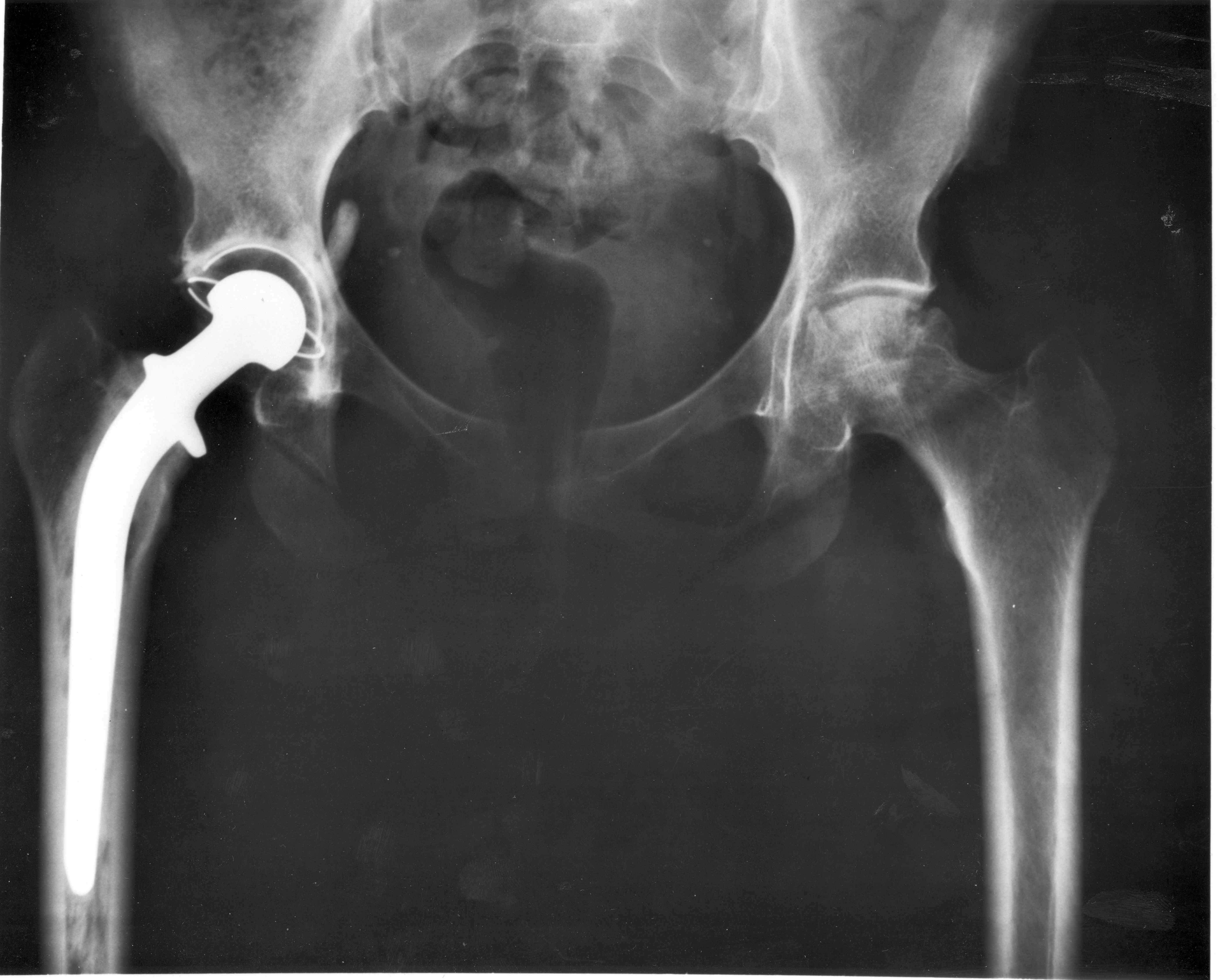Rabbits can grow their own replacement joints using their stem cells, according to the first study of its kind, published in the Lancet this week.
 Joint replacement surgery is becoming increasingly common with an ageing population, but the majority of artificial replacements have a shelf-life limited to fifteen years. This means that more and more people have to face the risks of further replacements with advancing age. This new research, however, could pave the way to naturally-produced, longer-lasting replacement joints.
Joint replacement surgery is becoming increasingly common with an ageing population, but the majority of artificial replacements have a shelf-life limited to fifteen years. This means that more and more people have to face the risks of further replacements with advancing age. This new research, however, could pave the way to naturally-produced, longer-lasting replacement joints.
Researchers from Columbia University Medical Center, Missouri and Clemson universities surgically removed the forelimb thigh joints of 10 rabbits. They then created three-dimensional biocompatible "scaffolds" of these joints, infused them with a growth factor, and implanted them.
In rabbits with these implanted scaffolds, the researchers found that animals' stem cells were "homed" by the growth factor to the area of the missing joint, regenerating layers of cartilage and bone. Just four weeks after surgery, these rabbits were moving in a way similar to rabbits that had not undergone the procedure. The rabbits had re-grown functioning joints, using their own stem cells.
Though stem cells are increasingly being seen as an option in therapy, techniques have previously relied on transplanting stem cells into the body. This is also reported to be the first study in which animals are able to actually use their regenerated limb joints after re-growth.
Whilst this research is promising for humans, Professor Mao, the lead author of the study, warns that "several scientific and regulatory issues must be dealt with prior to patient applications."










Comments
Add a comment